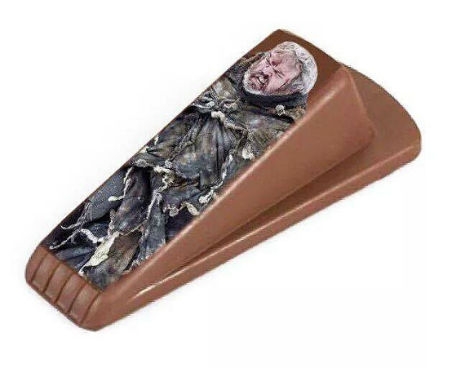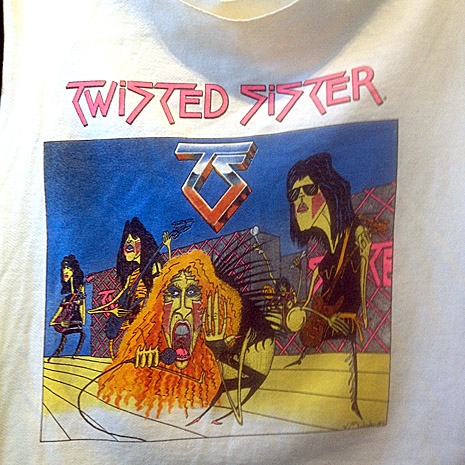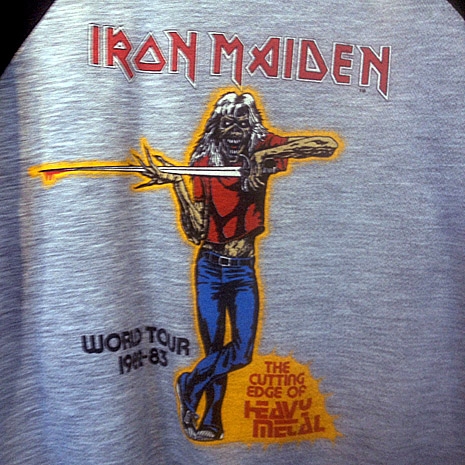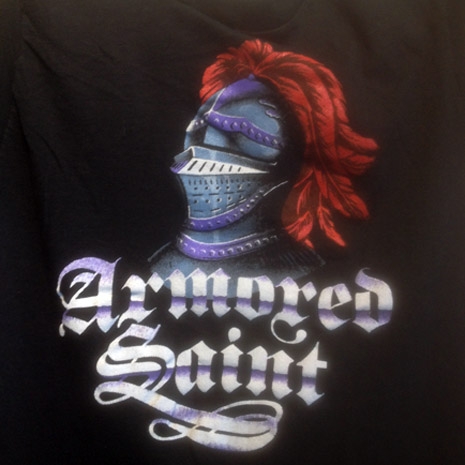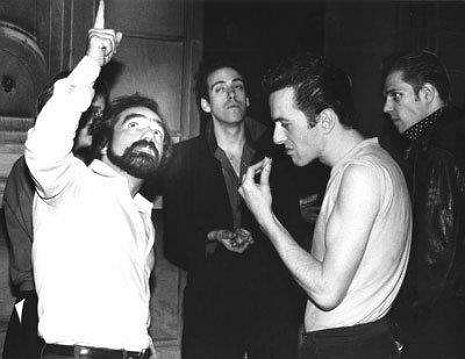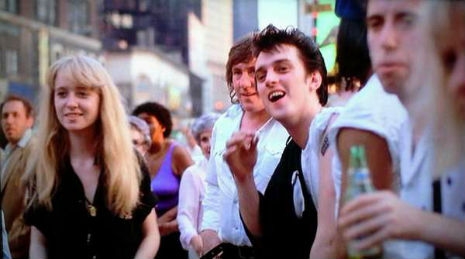
I love movie soundtracks. The best films usually have awesome scores (which is part of what makes them extraordinary), so whenever I really dig a particular flick I almost always NEED the soundtrack. I used to scour the used LP bins, searching for soundtracks that I wasn’t even sure existed—keep in mind this was pre-web, before you could easily look up such information. I’m not a “vinyl only” guy, but the size of LP packaging (especially if it’s a gatefold sleeve) seems to go hand in hand with the larger-than-life images projected on a movie screen. I’m especially drawn to horror scores from the ‘70s and ‘80s, when greats like John Carpenter and Goblin were creating amazingly frightening works that stand on their own as incredible pieces of music.
These days, there are a number of independent record labels that specialize in putting out vintage soundtracks on vinyl, but one label clearly stands out from the pack, and that is Waxwork Records. The label issues stellar, creative packages, complete with new liner notes, high-quality jackets, and thick pressings on colored vinyl that often reference the movie itself. New album artwork is also commissioned for every release, with Dave Rapoza of Marvel Comics creating the images for Waxwork’s latest: an expanded edition of the soundtrack for the cult classic The Warriors (1979). Barry De Vorzon’s spooky, pulsating synth rock score—complete and on vinyl for the first time—sounds fantastic. Like many Waxwork releases, it’s going fast, with the colored vinyl editions, including a deluxe package, already out of print.

The Warriors
In just a few short years, Waxwork has put together an impressive discography of 21 titles, many of which surely required a ton of legwork to secure the rights for. Perhaps their biggest coup was landing the original soundtrack and the complete score for the monumental Taxi Driver (1976). Penned by the legendary Bernard Herrmann—arguably the greatest film composer ever—the dreamy jazz pieces are synonymous with the film. As Martin Scorsese writes in his liner notes: “You can’t pull the images and the music apart. There’s no point in trying.”
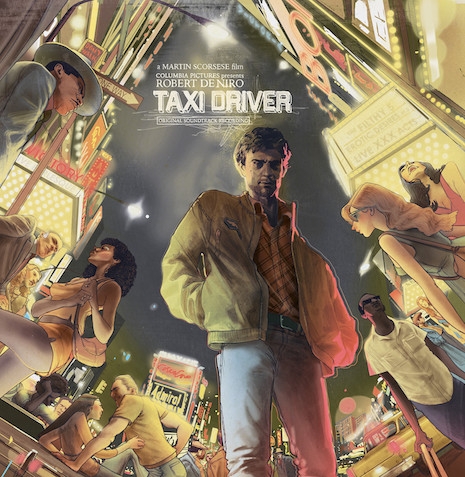
Taxi Driver
Waxwork currently offers a subscription service, in which subscribers are the first to get their hands on five different titles—plus loads of other of goodies—including the previously unavailable soundtrack for the ‘80s slasher, My Bloody Valentine.
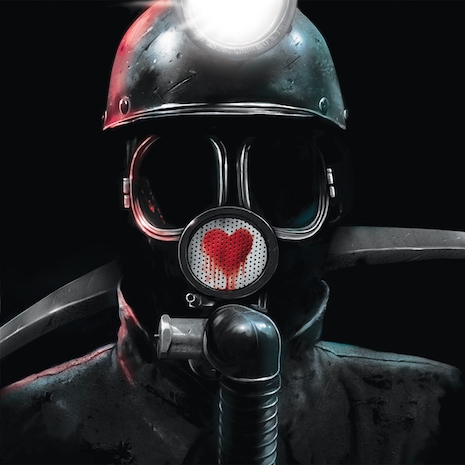
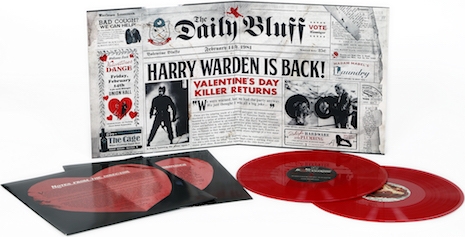
First looks at Waxwork’s ‘My Bloody Valentine’ package
More on the MBV release in a bit. First, I had a bunch of questions for the co-founder and CEO of the label, Kevin Bergeron, which were asked via email.
When did you start Waxwork Records? What was the impetus?
Kevin Bergeron: Waxwork Records launched in January 2013. The label was started out of necessity, really. I had played and toured in punk bands for many years, and I truly enjoy being in a recording studio and then pressing vinyl. Playing in punk bands for years is good conditioning for running your own business. You learn a lot on your own. There’s lots of discovery and character building skills you acquire that you just can’t learn anywhere else. I live in New Orleans, and it’s a very poor city where not very many people are motivated to do much of anything. I knew that when my last band split I wanted to continue working, putting out music. I was seriously broke, but I really went for it and started Waxwork with a lot of intensity and attitude. I knew that I didn’t have a lot to fall back on. Before Waxwork, I was a cremator at a mausoleum and after that a student majoring in biology. Just depressing stuff. I needed to make music in some form and put it out. I walked away from everything else, and started Waxwork with my partner, Suzy Soto. We pushed very hard, and still do now, over three years later.
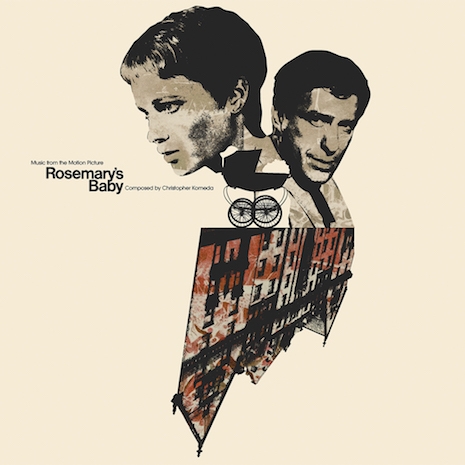
Rosemary’s Baby
How do you think that Waxwork stands out from the pack of other labels that specialize in vinyl-only pressings of vintage movie soundtracks? And why exclusively vinyl?
Kevin Bergeron: Waxwork’s releases are the most deluxe, definitive, and true to the way the audio was originally intended to be heard. We seek out the original master tapes. We work from those tapes because they’re the very first recorded source of the soundtracks that we release. Like, those tapes were in the studio with the performers, recording everything in real time.
I use this example often, but it’s very true: If you hold up a Waxwork release in one hand and a record from a different label in another hand, you’re going to realize quickly that a Waxwork release is of better quality. That a lot of thought, time, effort, and man hours went into creating it. That it’s worth your time. Worth owning. That’s how we stand out, at least, amongst the other record labels specializing in soundtracks. Waxwork isn’t a hobby for us, or something that we divide up our time with something else. We exclusively run Waxwork. So, we put a lot of effort into everything.
Why vinyl? Because it’s the sexiest way to listen to music. With a decent stereo set up, it sounds the best to me. It’s a really fun, interactive way to experience recorded music, as well.
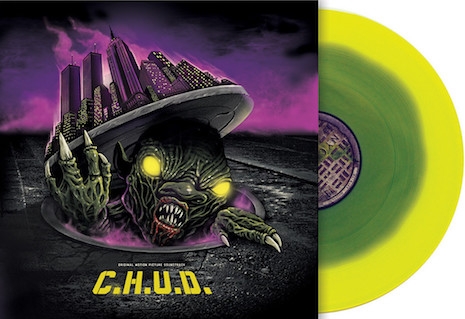
C.H.U.D.: “Toxic Waste Puddle” vinyl
Much more after the jump, including an exclusive listen to two side-long tracks from the My Bloody Valentine set…..


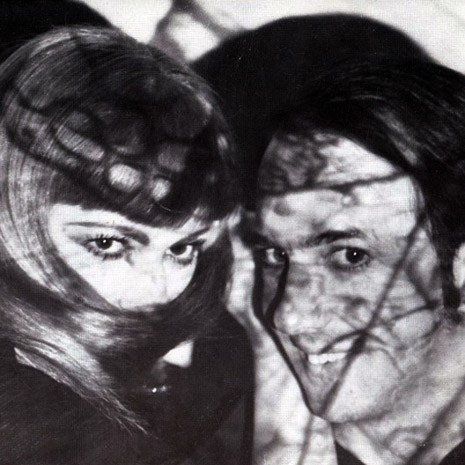















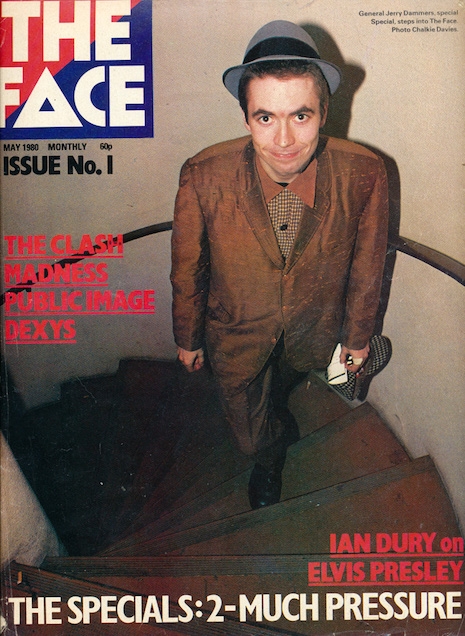

_465_755_int.jpg)


